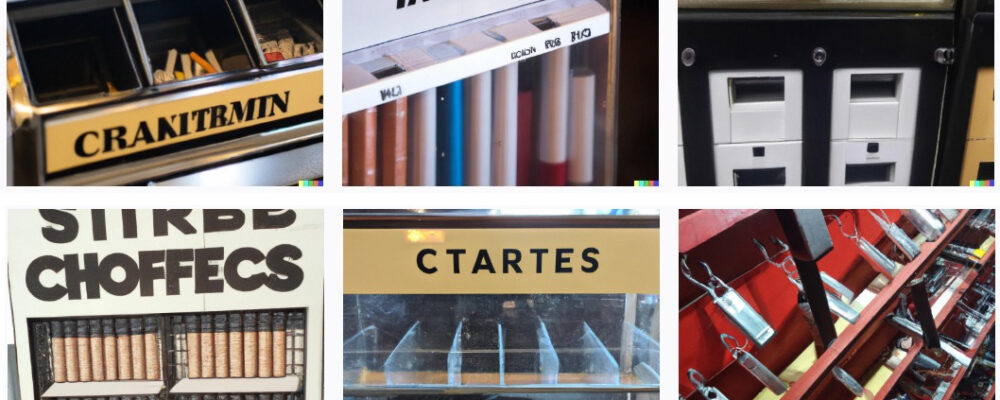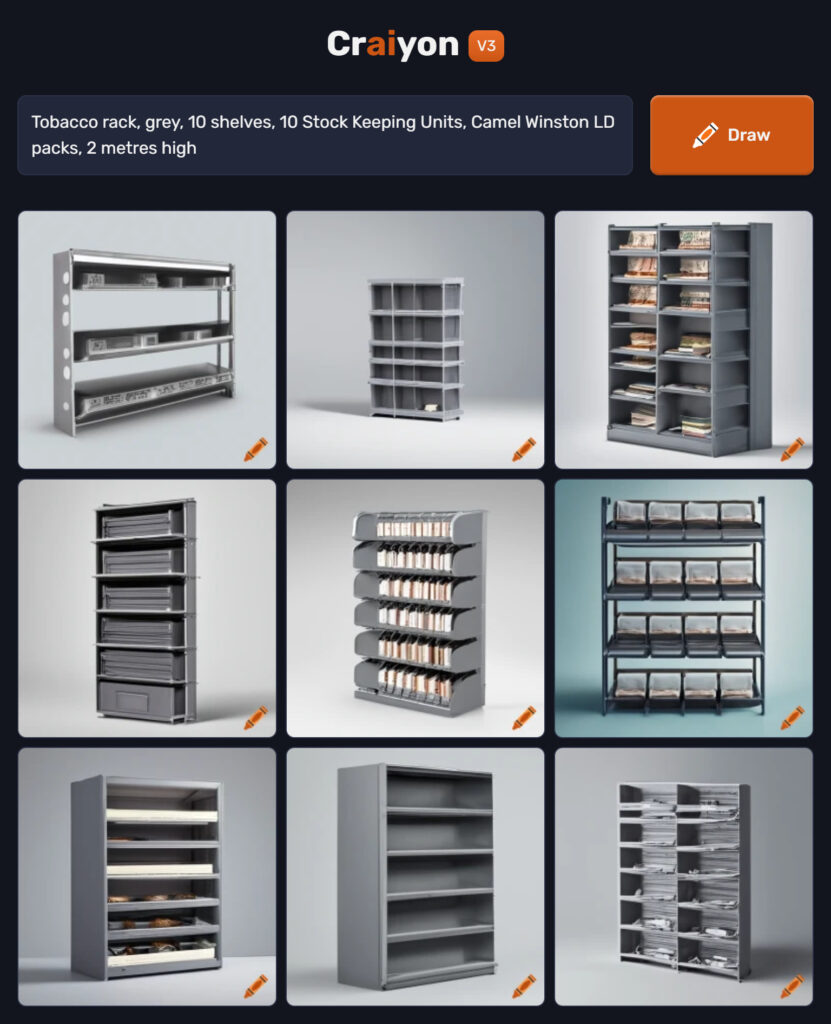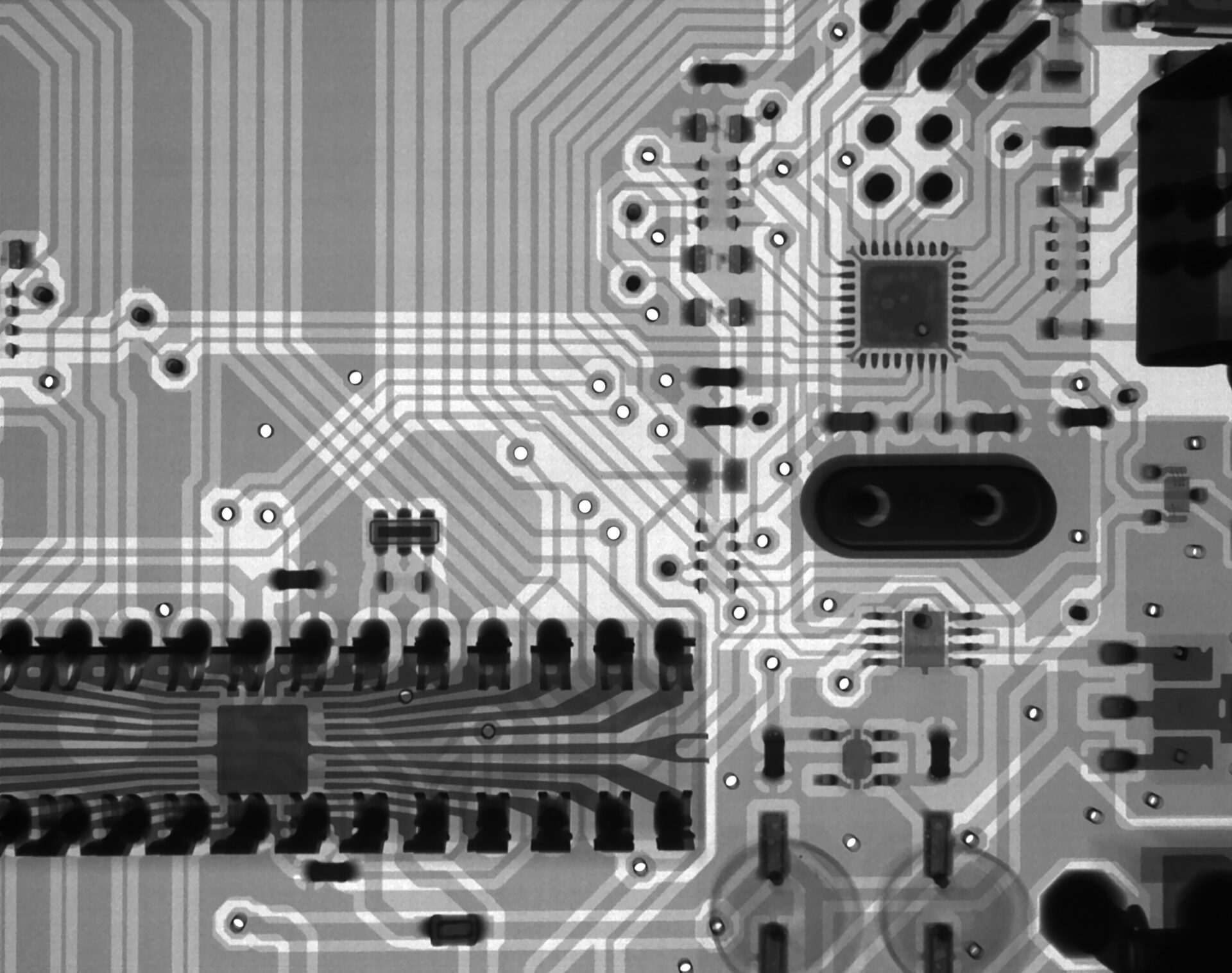Artificial intelligence (AI) is a concept that has taken the world by storm. ChatGPT, Midjourney, DALL.E 2, Craiyon – these and other names are all over the media.
Although AI initially served us mainly as a source of amusement due to the fact that it did not fully grasp the number of fingers in a human hand, the new technology has now found its practical application.
Copywriters use ChatGPT to create draft texts, advertising agencies use the tool to generate ideas, and all the rest of the professionals wonder when robots will force them out of their profession.
The creative industry is learning about the power of AI tools with hope, but also trepidation. And what can artificial intelligence bring to retail? Is the retail industry also standing at the cusp of a revolution?
Let’s try to read the future.
Interior design
The first application of the new technology is the design of shop interiors. This is not, of course, about construction blueprints. In this area, nothing will replace human knowledge and experience for a long time to come.
It is more about creating general concepts, visualisations based on the managers’ vision. Colour scheme, mood, furniture placement – the more information we give the tool, the better the result.
This was recently written about by Michal Sadowski of Brand 24, who used the power of Midjourney to create a visualisation of what he wanted his new office to look like: https://www.linkedin.com/posts/michalsadowski1_w-drugiej-po%C5%82owie-roku-przenosimy-si%C4%99-do-activity-7064142558880243712-T4JO?utm_source=share&utm_medium=member_desktop
It has to be said that the effect is surprisingly good and far superior to the clumsy sketches created in programmes such as SketchUp. Such visualisations can later be presented to an architectural office to illustrate your expectations in a simple way.
Nothing stands in the way of using a similar procedure when planning a new retail outlet! This not only saves time, but also nerves – and that on both sides, because both the designer and the client gain a clear idea of what effect to aim for.
Of course, architects for the time being see the new technology as more of a threat to themselves than an opportunity, but I have a feeling that it is only a matter of time until the market forces them to embrace the AI. And it will be to everyone’s benefit!
Creating planograms
Another place where artificial intelligence can prove its great usefulness is in the generation of planograms – both at the level of individual racks and entire stores.
We wrote about what a planogram is and how it is created in one of our previous posts: https://perfecta-retail.com/planogram-what-it-is-and-how-it-is-made/
There we mentioned AI and machine learning-based programmes as some of the tools useful for creating planograms.
But what might this usefulness consist of?
Manually adjusting planograms, especially when it comes to a specific size distribution for individual products and shops, is an unrealistic option, especially for retailers.
Through the use of artificial intelligence and machine learning procedures, it is possible to automate this process to define a precisely optimised size distribution for all items throughout the outlet.
This not only saves an enormous amount of planning time, but also takes into account the current dynamics in the individual shops. The self-learning system adapts to changing conditions and continuously optimises the planogram.
What about designing furniture?
As a producer of retail furniture, Perfecta is well aware that well-designed backwalls, shelves, and dispensers are something that can determine the success of a retail outlet. Can artificial intelligence come in handy here too?
The answer is “both yes, and no”. How thoughtful!
While AI can be used to conceptualise the overall look of a piece of furniture and visualise how it will look in a given space, the design itself will still be the responsibility of a human designer.
This has to do with the fact that our retail furniture is created with the specific needs and requirements of a particular chain or outlet in mind.
Virtually every production series of our furniture differs from one another in terms of technical details, lighting methods, product slide-in systems, flap mechanisms, and many other technicalities.
This is something that – at least for the time being – artificial intelligence is not able to wrap its digital head around. Creativity remains a typically human trait.
There is also no denying that right now the designs of shop furniture generated by artificial intelligence are not very sophisticated. Anyway, see for yourself.
By the way, the cover photo for this blog entry is also an AI-generated image.
And what will it be like in the future? We’ll live and see.
One thing is certain. Only those who are able to make the best use of the opportunities offered by the new technology will survive.






